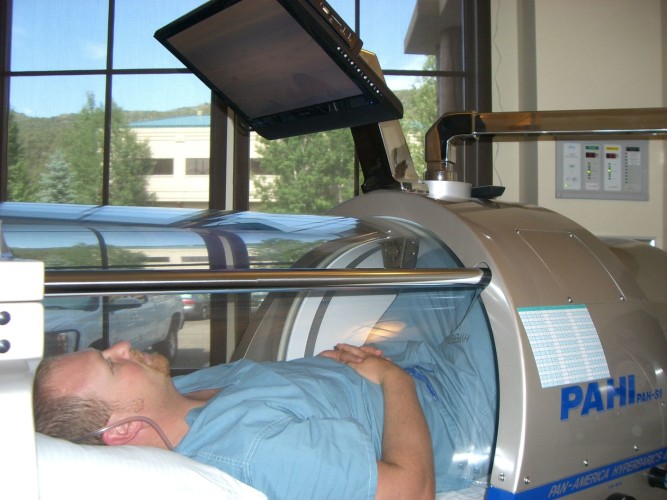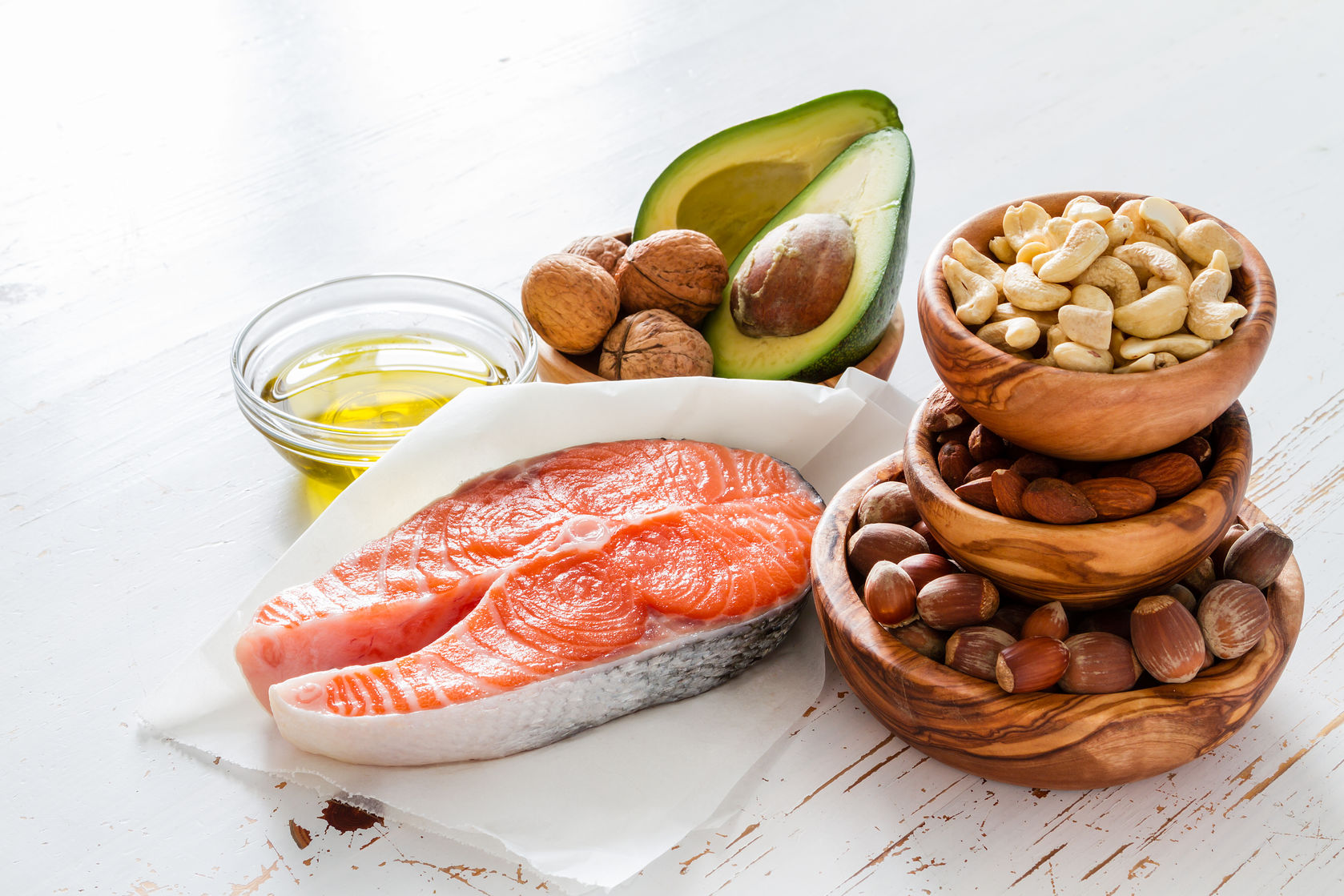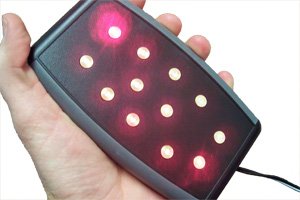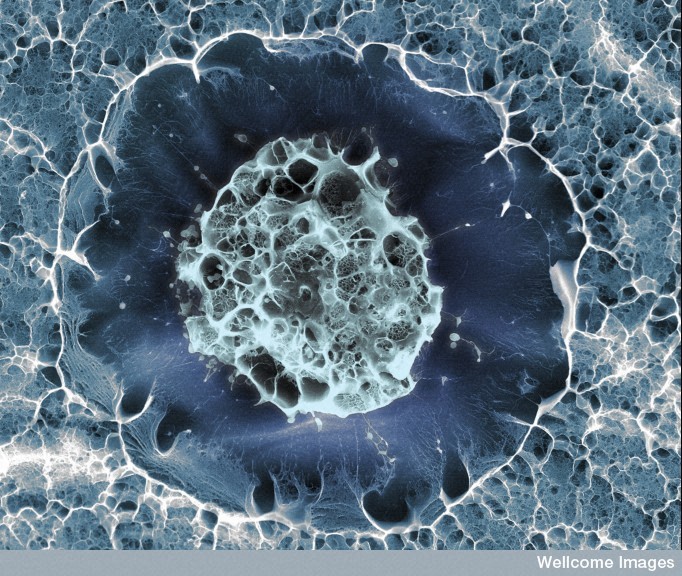Disclaimer: The following article is not, and should not be, considered medical advice. It does not replace the one-on-one relationship with your physician. The material in this article is for informational purposes only. As each individual situation is unique, you should use proper discretion, in consultation with a healthcare practitioner, before undertaking the protocols described below. The authors and publisher expressly disclaim responsibility for any adverse effects that may result from the use or application of the information contained below.
Before even considering how to treat brain swelling, it is important to understand that the underlying inflammation starts as a natural response to an injury or disease in the brain. Whether it is a traumatic brain injury (TBI), stroke or a viral brain infection like encephalitis, immune cells rush to the area to clear out dead cells and set the stage for tissue repair.
The problem arises when this rush of immune cells becomes incessant due to imbalances in the central nervous system (CNS), causing aberrant inflammation and intracranial pressure that prevents oxygen and nutrients from reaching the brain. The question then becomes how can the healing characteristics of brain inflammation be balanced against these negative consequences.
While anti-inflammatory medications are often administered during the acute stage of brain swelling, clinical trials have not demonstrated clear benefits, and some research even suggests they acerbate TBI by inhibiting the reparative impact of immune cells. These drugs may be necessary in life-threatening cases of brain swelling, but they can cause long-term harm in mild to moderate cases.
Instead, these four alternative treatments may be able to manage brain inflammation while enhancing – instead of interrupting – the natural healing process in the weeks and months following a brain injury or illness.
Brain Swelling May Be Reduced Naturally With:
- Hyperbaric Oxygen Therapy (HBOT)
- A Ketogenic Diet of Anti-Inflammatory Foods
- Transcranial Low-Level Light Therapy (LLLT)
- Regenerative Therapies
1. Hyperbaric Oxygen Therapy (HBOT)
Inflammation can block blood flow to the brain, preventing the delivery of oxygen typically carried through red blood cells. With hyperbaric oxygen therapy (HBOT), a patient breathes in 100 percent oxygen in a pressurized total body chamber. HBOT dissolves oxygen into all of the body’s fluids, dramatically increasing the oxygen carried in blood plasma.
With the return of oxygen to the capillary walls, plasma leakage is stopped and brain swelling can be reduced, restoring blood flow and opening the door for the regeneration of nerve cells. HBOT has proven to reduce brain inflammation following TBI in clinical trials with animals, and it has significantly improved cognitive function and mood in numerous case studies of human TBI patients.
2. A Ketogenic Diet of Anti-Inflammatory Foods
During brain swelling, the glucose uptake that surges to the injured area to provide energy for healing and repair is eventually blocked. The only other viable energy source in that case are ketone bodies, which can be delivered to the brain through fatty acid oxidation in the liver.
The ketogenic diet, which is high in fat, low in carbohydrates, and adequate in protein, has recently proven to reduce brain inflammation in rats and it is an established treatment for epilepsy in children.
Examples of ketogenic foods that can help reduce brain inflammation include:
- Avocados
- Salmon and other fatty fish
- Almonds and other tree nuts
- MCT oil, which is found in high levels in the coconut
- Olive oil
The ketogenic diet can also help to decrease blood sugar, which can increase brain inflammation when it is too high. High blood sugar releases pro-inflammatory stress hormones and can impede tissue regeneration or repair in the brain.
3. Transcranial Low-Level Laser Therapy (LLLT)
Transcranial low-level laser therapy (LLLT) is a safe and accessible means of reducing inflammatory mediators in the brain such as prostaglandins. Studies with mice have shown that LLLT can reduce swelling after a traumatic brain injury, while case studies involving humans have shown significant improvements in cognitive abilities.
Using red or near-infrared light that penetrates the skull from a peripheral LLLT device, this therapy induces a photochemical reaction in cells that increases mitochondrial ATP production. Research suggests that LLLT can also enable neurogenesis and neuro-protection.
4. Regenerative Therapies
While the treatments above can help to reduce brain inflammation without suppressing its immune response like some anti-inflammatory medications, regenerative therapies can actually boost the reparative properties present following a brain injury or ailment.
When brain tissue is damaged, immune cells rush to the site and release pro-inflammatory cytokines that activate stem cells located at the tissue. The stem cells can then begin to repair and regenerate tissue by differentiating and releasing anti-inflammatory cytokines and growth factors.
On the surface, this is a bit of a catch-22. Inflammation is required on some level to activate the stem cells so that they can in turn reduce inflammation. But, when an area becomes chronically inflamed, the stem cells can become dormant or die.
With stem cell therapy, pluripotent stem cells are infused intra-nasally into the brain, providing reinforcements of the vital anti-inflammatory cytokines and growth factors. Recent clinical trials by the University of Texas Health Science Center at Houston (UTHealth) found that stem cell therapy can also ease brain swelling by dampening the inflammatory response and preserving tissue in TBI patients.
As these stem cells serve their purpose, HBOT, LLLT and a ketogenic diet can help maintain a healthy microenvironment in which the injected cells can thrive.
Stem cell therapy can also be administered in tandem with platelet rich plasma (PRP) therapy, in which PRP is drawn from the patient’s own blood and infused into the brain. PRP therapy can introduce a range of additional growth factors, attract more stem cells to the area and further reduce inflammation.
At TBI Therapy, we supplement these regenerative therapies with an IV therapy containing B vitamins, minerals, vitamin C, glutathione and other nutrients that support cellular growth and further mitigate brain inflammation. With these natural treatments, the immune response surrounding the inflammation is not stifled like it can be with anti-inflammatory drugs.
By following the treatments above, brain swelling can be reduced naturally by 1) managing instead of inhibiting the body’s immune response during inflammation, and then 2) encouraging tissue repair and regrowth in that stabilized microenvironment.
If you or a loved one have been professionally diagnosed with brain inflammation or swelling, contact our clinic through the form below to see if you might qualify for ongoing treatment at TBI Therapy.





